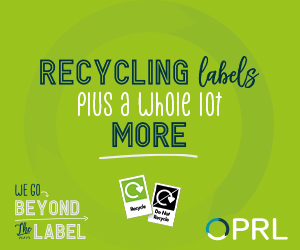
PACKAGING could be used to encourage smokers to switch to vaping whilst also deterring non-smokers from taking up the habit, new research carried out by the University of Stirling has found.
The Cancer Research UK-funded study was led by the university’s institute of social marketing and health, with it involving 31 young people (11-17 years old) and 39 adults in Scotland and England.
Participants explored how warning messages on e-cigarettes and refill packs are perceived and whether alternative messages could help encourage smokers to switch to e-cigarettes, with the majority reporting that the current nicotine addiction warning ‘failed to capture attention’ and did not act as a deterrent to vaping.
Many participants suggested several ways that they believed would help reduce the appeal of the products to young people and non-nicotine users. This included packaging containing large warning messages, plain packaging, and warnings on the devices themselves.
Researchers then collected views on what type of alternative warnings people thought would be effective, and showed participants mocked-up e-cigarette packaging with the alternative messages about harm, relative risk, toxicity, litter, and wellness.
Messages such as ‘completely switching to e-cigarettes is a healthier alternative to smoking’, were considered, at least by some smokers, as most likely to encourage smokers to switch to e-cigarettes. However, they were also thought to potentially encourage uptake among non-nicotine users.
Dr Daniel Jones, research fellow at the institute for social marketing and health at the University of Stirling, said, “We know packaging can play a crucial role in communicating product and health messages to consumers. More work is needed to better understand how packaging and labelling can help prevent uptake among young people and non-nicotine users while simultaneously reaching those who may benefit from using e-cigarettes to stop smoking.
“Through the focus groups we found that although people generally felt warnings are important, the warning required on e-cigarette packaging about nicotine addictiveness was not considered useful. They were sceptical of this message, which was viewed as an afterthought or ‘tick-box’ activity to meet the legislative requirements. Some participants spontaneously suggested that, like traditional cigarettes, e-cigarettes could have larger warnings, be sold in plain packaging, and have warnings not only on packaging, which is often discarded, but on devices themselves to increase exposure.”













